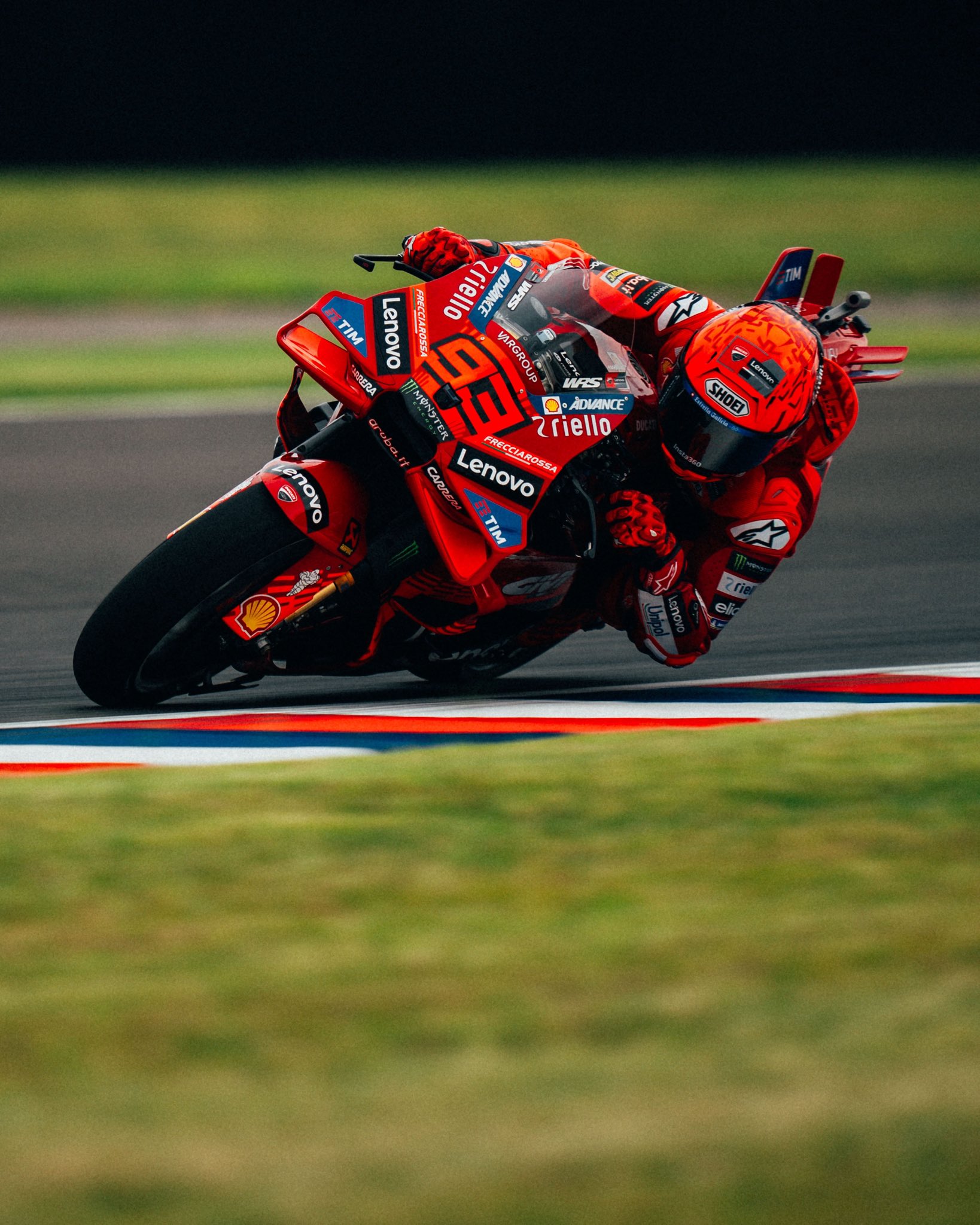Porpoising: what is it and why is it happening?
- Ive Bauk
- Mar 2, 2022
- 3 min read
Updated: Mar 13, 2022

Written by Ive Bauk, Edited by Harshi Vashee
The return of ground effect to Formula One was very interesting, however with a lot of additional downforce comes a lot of issues.
Firstly, we have to understand, in short terms, what ground effect actually is. (We are currently making a full scale youtube video on this topic so feel free to subscribe to our channel). It basically uses a whole car as a big wing which works opposite to airplane ones. It creates downforce, while airplane wings create lift, by using the Bernoulli principle. Bernoulli principle states that faster airflow has lower pressure than slower airflow. So, in the smaller area under the car, air flows much faster therefore has less pressure. Therefore, the high pressure air from above the car is pushing the car down.
Now that we know what the ground effect is, we can concentrate on the effect of porpoising.
It was last present in F1 exactly 40 years ago, in 1982. Later, ground effect was finally prohibited due to safety reasons. One of those safety issues was porpoising. We see it happening when a car seemingly bounces on the track, just like lowriders from GTA San Andreas. It only happens at very high speeds when F1 cars produce the most downforce so I doubt we will see it in corners. Due to the high downforce created at high speeds and very low ride height in order to get the most performance and downforce out of these cars, suspensions get pressed down and the car moves almost to the ground. Eventually, the flow under the car slows down and stalls, removing most of the downforce, even creating lift. Car will then lift up to its original ride height. At that moment the car is stuck in a loop that will only end when the car slows down enough.
For the drivers, it feels like violent bouncing on suspensions, and therefore, George Russell, the director of GDPA, and F1 drivers think it could become an issue in future.
“I think it has the potential to be a real safety concern if it gets out of control,” Russell said. "Obviously if you’re flat-out down the straight and it starts to happen, you don’t back off in a race scenario. We saw with Charles’s video just how bad it was for them, so I think we all need to find a solution.”
Teams already proposed to reintroduce active suspensions. When asked about that solution, Russell said, “I guess if active suspension was there that could be solved with a click of your fingers, and the cars would naturally be a hell of a lot faster if we had that and I’m sure all the teams are capable of that. So that could be one for the future. But let’s see in Bahrain. I’m sure all the teams will come up with some smart ideas around this issue.”

This is definitely not an expected issue for engineers, they couldn’t have seen this in wind tunnels because the belt of rolling road used in wind tunnels is much more flexible than the real road. This season we could see some crashes happening due to porpoising, for example, imagine we see one driver trying to overtake another one, and just as he steers to the side, floor stalls and car loses downforce, spinning to the side and going off track.
Anyways, I think that genius F1 engineers will come up with a solution to this problem, but the team that does this first will have a big advantage over others.









Comments